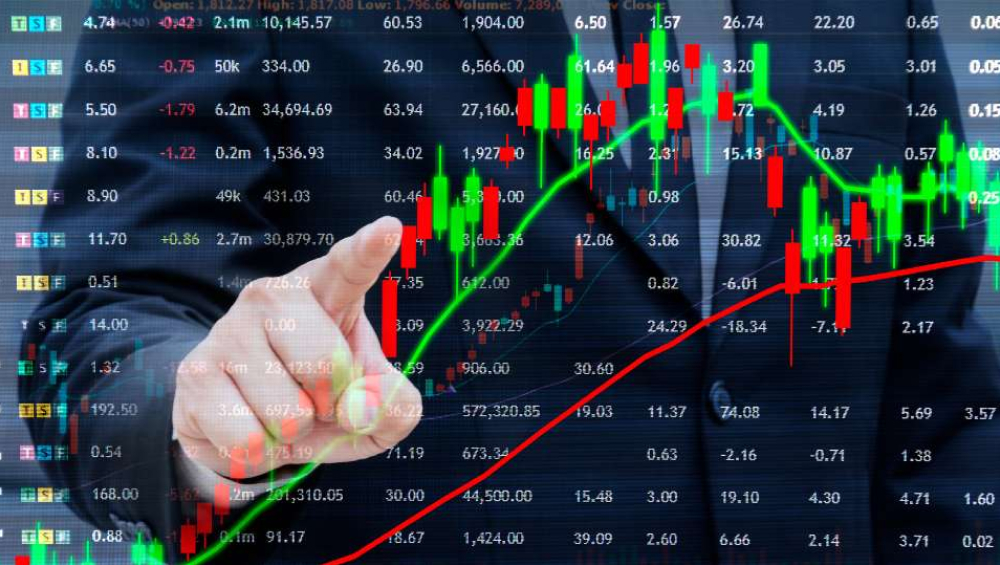Guoco Midtown, 128 Beach Road, #08-03, Singapore 189773 | Copyright © 2025. All Rights Reserved.
Orient Futures International (Singapore) Pte. Ltd. | A member of the Orient Group of Companies
Orient Futures International (Singapore) Pte. Ltd. (“OFIS”) (UEN No. 201831776Z), hold a capital markets services licence (CMS100869) from the Monetary Authority of Singapore for dealing in capital market products such as futures/derivatives contracts, and spot foreign exchange contracts for the purposes of leveraged foreign exchange trading, and is an Exempt Financial Adviser. For more information about OFIS, please check the MAS Financial Institutions Directory by clicking here.
All content, materials, information, data, statistics, features, research, documents or reports available on OFIS’ website (the “Content”) are governed by the Terms of Use, which you are deemed to have consented and agreed to by accessing, using or downloading any Content. For more information on how OFIS handles your personal information, please refer to the Privacy Policy section in the Terms of Use.
You agree to access and accept all Content available on OFIS’ website on an “as-is” and “as available” basis. You agree that OFIS shall not have any responsibility or liability arising out of or in connection with, and you agree to waive the right to bring any claims or raise any complaints against OFIS in respect of any Content available on our website. OFIS shall also not be liable for any damage, loss or liability of any kind (whether actual, anticipated, consequential, special, economic or otherwise) caused as a result (direct or indirect) of the use of, or inability to access or use, the website, including but not limited to any damage, loss or liability suffered as a result of your reliance on the Content or our website.
All Content available on OFIS’ website are general in nature and have been prepared without any consideration of your investment objectives, financial situations or needs. You should consider the appropriateness of any Content available on our website having regard to your personal circumstances before making any investment decisions. You should take into account your investment objectives and financial situation and seek advice from an independent financial advisor under a separate engagement if necessary. For any Content on OFIS’ website which contains communications relating to investment products or financial services, the following disclaimer would apply: “This advertisement has not been reviewed by the Monetary Authority of Singapore.”















